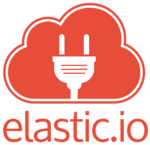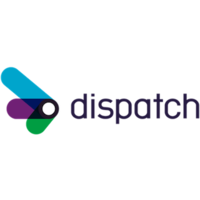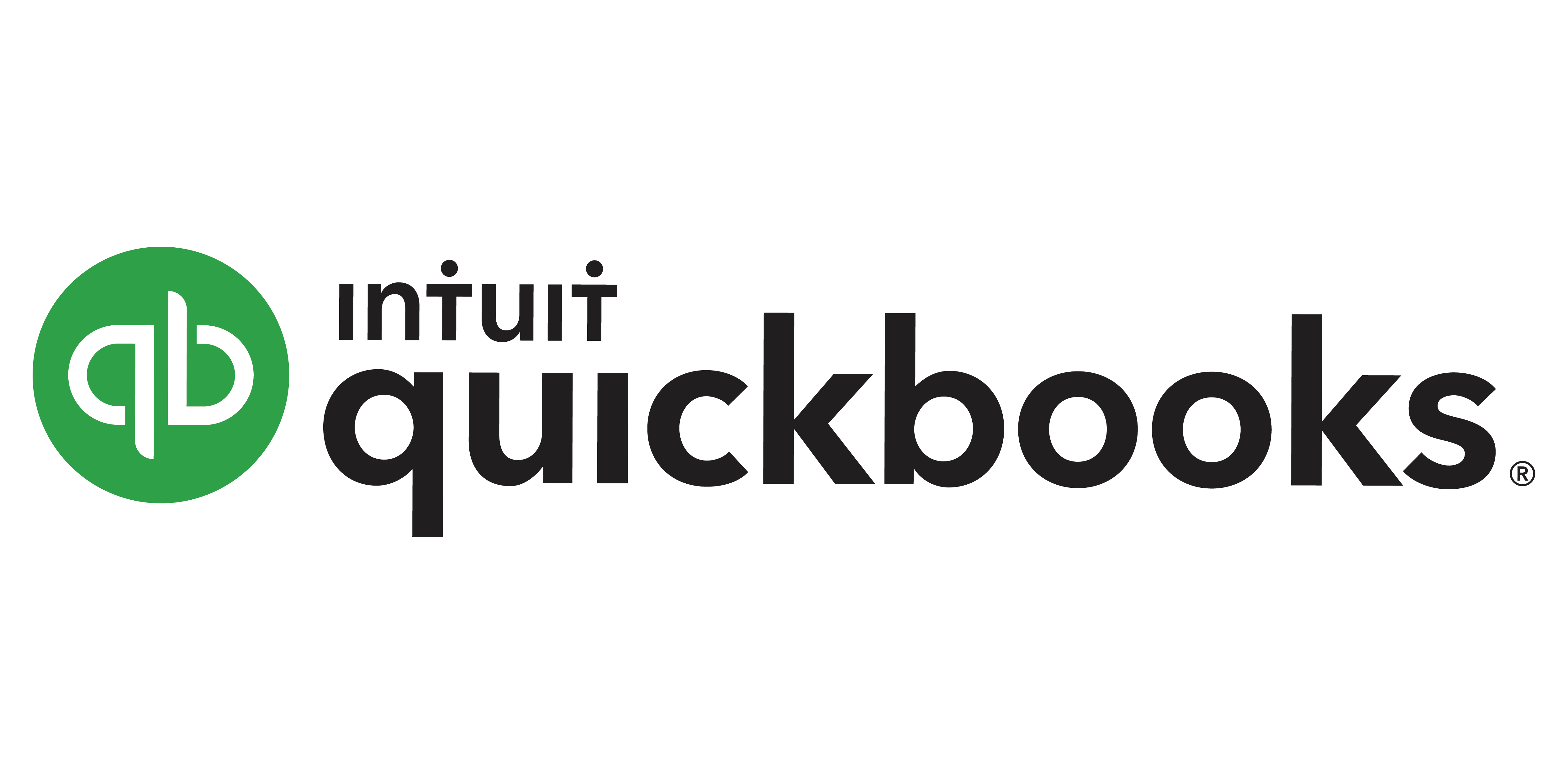What Are the Recent Trends in Application Integration Tools?
In recent years, the requirement for seamless data integration and improved business processes has fueled improvements in application integration software. These technologies, also known as integration platforms, are intended to integrate multiple applications and systems and allow for seamless data flow and communication across them. One of the most significant changes in application integration tools is the shift to cloud-based solutions.
As more firms embrace cloud technology, there is an increasing demand for integration solutions that can seamlessly integrate cloud-based and on-premise applications. Cloud-based integration systems provide the flexibility and scalability required to manage the growing amount and complexity of data in today's corporate environment. Another noteworthy development is the emergence of API-based integration.
APIs (Application Programming Interfaces) are becoming the preferred approach for linking applications because they provide a standardized and safe means of exchanging data across systems. API-led integration enables organizations to construct reusable, modular connections across applications, making it easier to respond to changing business requirements and add new apps to the integration framework.
Along with APIs, the use of microservices architecture is gaining popularity in the application integration space. Rather of a single integration platform, this strategy combines numerous tiny and independent services to handle various elements of the integration process. This not only increases versatility, but also simplifies troubleshooting and maintenance of the integration solution.
Another important development is the introduction of artificial intelligence (AI) and machine learning (ML) into integration platforms. These technologies can assist to automate data mapping, eliminate human chores, and increase data quality and accuracy. AI and machine learning also enable integration technologies to discover and fix any data mistakes and conflicts, increasing the efficiency and accuracy of the integration process.
Finally, there is an increased emphasis on user-friendly and low-code integration solutions. As firms aspire for faster time-to-market and greater competitiveness, conventional integration solutions that require substantial coding and technical skills are no longer viable. As a result, integration solutions with user-friendly drag-and-drop interfaces and pre-built connections are gaining popularity, allowing citizen integrators and non-technical personnel to effortlessly perform integration chores.
Important Factors to Consider While Purchasing Application Integration Tools?
When acquiring application integration solutions, buyers should examine a number of crucial elements to ensure they make an educated selection. These technologies play a significant role in helping organizations streamline their processes and enhance productivity, so it's critical to thoroughly consider each choice before making a decision.
We will go over the most crucial variables to consider when purchasing application integration solutions.
1. Integration Capabilities: The primary goal of application integration solutions is to smoothly integrate disparate applications and systems. The first and most important element to evaluate is the tool's integration capabilities. It should be compatible with a broad variety of apps and APIs, as well as capable of handling complicated data types and protocols. Before making a choice, ensure that the tool is fully compatible with your existing systems and applications.
2. Scalability & Flexibility: As your company expands, your application integration requirements will change. It is critical to select a solution that can readily expand with your company and adapt to changes in procedures and systems. Look for products with flexible price plans that can be expanded or changed as your platform grows.
3. Easy to Use: Application integration solutions should not complicate, but rather simplify, your procedures. A user-friendly interface and intuitive features are required to guarantee that the product is used efficiently and effectively. Consider tools that provide visually appealing design interfaces, drag-and-drop capabilities, and simple integration setup.
4. Reliability and Performance: The dependability and performance of your integration tool are critical to the success of your company operations. Look for tools with a track record of reliability and the ability to manage large amounts of data processing. It is also vital to assess if the solution provides failover and disaster recovery alternatives to reduce downtime in the event of technical issues.
5. Security: With the rising amount of cyber threats, data security has become a primary responsibility for enterprises. When assessing application integration technologies, ensure that they have sophisticated security features like data encryption, safe data transmission protocols, and appropriate access restrictions. It's also critical to check that the instrument complies with industry rules and standards.
6. Support and Maintenance: Even the greatest application integration technologies might have technical faults or require upgrades. This is where reputable customer support and maintenance services come into play. Look for products that provide 24-hour customer assistance, regular updates and bug patches, and a thorough knowledge base to handle any problems.
7. Cost: Last but not least, pricing is an important consideration when choosing application integration solutions. Consider the original expenditure, as well as any subscription or license costs, and weigh these against the features and advantages of the instrument. Keep in mind that the cheapest choice is not always the best, and investing in a high-quality instrument might save you time and money in the long term.
What Are the Key Features to Look for in Application Integration Tools?
As organizations strive to integrate and modernize their processes, the need for fast and seamless application integration is greater than ever. Application integration tools, also known as application integration platforms or iPaaS (integration platform as a service), have become a popular method for connecting many applications and systems inside a business. However, with so many alternatives available on the market, it might be difficult for purchasers to pick the best one. Simplify your decision-making process.
The following are the essential features to look for in application integration tools.
1. Scalability: As your business expands, so will your data and application integration requirements. It is critical to select an application integration tool that can quickly scale up to meet your growing business requirements without sacrificing performance.
2. Customization: Every organization has different integration needs, therefore a one-size-fits-all solution may not be appropriate. Look for a platform with customization possibilities to personalize the integration process to your unique business requirements.
3. User-Friendly Interface: Integration tools should have an easy-to-use interface to make the integration process go smoothly and seamlessly. A visual drag-and-drop interface is very useful for business users who have no coding skills.
4. Data Mapping and Transformation: Data consistency and correctness are critical for successful integration. A effective integration tool should provide data mapping and transformation features to guarantee that data is properly moved across apps.
5. Connectivity Choices: Your integration solution should enable a variety of connectivity methods, such as API, web services, FTP, and databases, in order to smoothly link diverse applications and systems.
6. Real-time Data Synchronization: Businesses require real-time data to make informed decisions and improve operational efficiency. An effective integration tool should provide real-time data synchronization to ensure that your data is up to current across all linked apps.
7. Protection: As the number of cyber threats grows, organizations must prioritize data protection. To protect your sensitive data, use an integration solution that has rigorous security features such as data encryption and secure communications.
8. Monitoring and Troubleshooting: As with any technology, problems may occur throughout the integration process. Look for an integration solution that has real-time monitoring and troubleshooting features to help you detect and handle any issues that may arise. By taking into account these crucial aspects, you can make an informed decision and choose the finest application integration tool for your company. Remember to evaluate cost, customer service, and user reviews before making a final selection.
Why Do Businesses Need Application Integration Tools?
Application integration solutions are critical for organizations because they enable diverse applications and systems to connect and exchange data with one another effortlessly. In today's fast-paced business world, organizations are continually using new technologies and software to better operations and remain competitive. However, as a company's infrastructure grows, it becomes more difficult to connect new applications with current systems.
This is where application integration technologies come in, serving as a link between various programs, databases, and platforms. They let firms to link and synchronize data across several systems, removing the need for human data entry and lowering the risk of mistakes. This simplified data flow not only saves time and effort, but also assures data correctness and consistency, resulting in increased overall company efficiency.
Furthermore, with the advent of cloud-based software, businesses are now using a hybrid of cloud and on-premise applications. Application integration technologies offer a uniform platform for integrating cloud and on-premise systems, resulting in a seamless hybrid solution. This allows enterprises to get the benefits of both cloud and on-premise software without having to worry about compatibility difficulties.
Another key benefit of application integration solutions is the ability to automate business operations. Many integration technologies provide workflow management features, which enable businesses to automate repetitive operations such as data synchronization and processing. This not only boosts efficiency, but it also reduces the possibility of human mistake, resulting in higher data quality.
Furthermore, when organizations develop and expand, they frequently face the issue of integrating disparate systems and data from newly acquired enterprises. Application integration technologies help to consolidate systems and data, allowing for a smooth transfer and integration of company activities.
Furthermore, in today's linked business environment, firms frequently need to share data with their partners, suppliers, and consumers.Companies use application integration solutions to build and manage data connections, allowing for smooth collaboration and data-driven decision making.
Which Industries Can Benefit the Most from Application Integration Tools?
Application Integration Tools are increasingly important for firms of all sizes and in a variety of sectors. These technologies assist to streamline and optimize operations, increase production, and improve overall efficiency. However, certain industries may benefit more from these technologies than others.
We will explore which sectors can benefit the most from adopting Application Integration Tools.
1. Healthcare: The healthcare business processes a large quantity of data, including patient records, medical histories, and insurance information. With so many systems and agencies involved, there is a significant risk of data silos and communication breakdowns. Application Integration Tools may bridge these gaps, allowing for smooth data exchange and cooperation across departments. This not only improves patient care, but also helps healthcare providers meet regulatory standards.
2. Retail: The development of e-commerce has transformed the retail business dramatically. Retailers face continual data integration issues as they manage different sales channels, inventory systems, and customer databases. Retailers may use Application Integration Tools to connect their online and offline systems, providing real-time updates and centralized data management. This leads to better inventory management, more sales, and better customer service.
3. Financial Services: The financial services business handles sensitive and complicated information such financial records, transactions, and consumer data. Any inaccuracy or delay in data integration might have severe consequences for the business. Financial firms may use Application Integration Tools to improve their data operations while also ensuring data quality and security. This leads to greater compliance, more customer happiness, and increased income.
4. Manufacturing: The manufacturing business relies on an extensive network of suppliers, distributors, and production facilities. Efficient data integration is critical for ensuring smooth operations and supply chain management. Manufacturers may use Application Integration Tools to link several systems, manage inventory levels in real time, and simplify manufacturing operations. This not only increases production, but also allows for speedier decision-making and lower supply chain costs.
5. Education: The education industry has acknowledged the value of data integration in improving student experiences and promoting institutional performance. Application Integration Tools, which integrate systems such as learning management, student information, and human resources, can assist educational institutions in streamlining administrative duties, gaining insights into student performance, and improving operational efficiency.
Conclusion
In conclusion, selecting the appropriate application integration technology is critical for simplifying and improving your business operations. Scalability, compatibility, adaptability, and affordability may help you narrow down your alternatives and choose the best solution for your organization's specific requirements. Don't forget to properly examine each tool's features and capabilities to verify they match your integration goals.
Additionally, looking out user evaluations and demos can provide you with real insights about the tool's effectiveness. With the proper application integration solution, you can boost productivity, increase data accuracy, and, ultimately, drive corporate success.






















